Blockchain Technology-Introduction
You have probably heard the term "blockchain technology" in relation to cryptocurrencies like Bitcoin over the last few years. To be more precise, you might be wondering, "What is blockchain technology?" Given that Blockchain lacks a clear definition that the average person could readily understand, technology In recent years, the expression "blockchain technology" has most likely been associated with cryptocurrencies such as Bitcoin. You may be asking, "What is blockchain technology?" to be more specific. It's a cliche but a hypothetical one since Blockchain doesn't have an exact meaning that the general public could understand. It is imperative to elucidate "what blockchain technology is," encompassing its mechanisms, uses, and increasing importance within the electronic media domain.

You must learn as much as you can about this emerging technology so that, when Chain expands and gets more accessible, you will be prepared for what's to come. Additionally, you will learn about the importance of Blockchain technology, how it operates, and how applying it to your career can advance you.
What Is Blockchain Technology?
Blockchain is a data storage method that makes it hard or impossible for external parties to manipulate, hack, or impact the system. The Blockchain, as the name implies, is an open public record consisting of a collection of computing devices that duplicate and distribute events among each other.
Blockchain software is an architecture that stores open records of transactions, or blocks, across several databases, called the "chain," that are linked together by peer-to-peer nodes. This kind of record-keeping is often referred to as a "digital ledger."
Each exchange in this database is validated by its owner's online signature, which also guards against fraud. The information stored in the digital register is, therefore, very safe.
In essence, an online financial system consists of a network of computers that share an Excel spreadsheet created by Google that records transactions based on whatever was purchased. The interesting thing is that although the data is viewable by anybody, it cannot be changed.
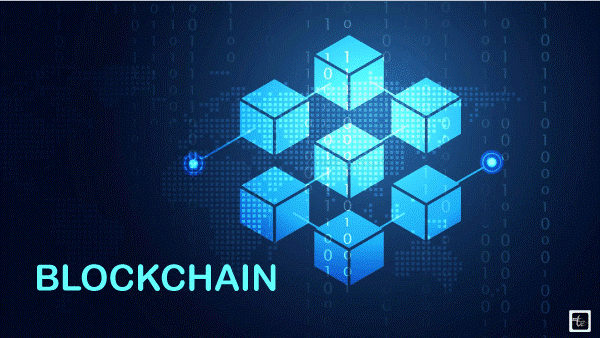
Please participate in our thorough safety boot camp to learn how the blockchain system is changing the world. Develop your safety knowledge for these decentralized systems and discover the revolutionary possibilities of Blockchain. Through this boot camp, you will acquire the skills required to navigate the dynamic security landscape in the field of blockchain technology, from protecting transactions on the internet to understanding the subtleties of the operation of smart contracts. Seize the opportunity to become a proficient security specialist in the Blockchain domain.
How Is the Blockchain Technology So Well-liked?
Suppose you send friends or family cash from a savings account. You could go into digital banking and transfer the funds to the receiver using an account number. After the purchase is finished, your bank updates its book of accounts. It is quite simple. There may be an issue that the majority of us choose to overlook.
These kinds of deals are simple to manipulate. People often avoid using these types of transactions because they are conscious of this fact; that's why external payment systems have become more and more popular in the past couple of years. But this vulnerability was the primary driving force behind the invention of Blockchain creative thinking.
Blockchain is a cutting-edge record-keeping system that is becoming very popular these days. But why has it amassed such a fan base? To completely grasp the concept, let's investigate it further now.
A crucial component of business processes is the collection of data and transactions. The management of this data is often done internally or through middlemen such as banks, brokers, or lawyers, which adds time and cost to the business's operations. Fortunately, Bitcoin avoids this cumbersome approach and expedites the execution of transactions, conserving time and resources.
Contrary to popular belief, Blockchain technology and Bitcoin cannot be used in tandem.

Although Bitcoin is a cryptocurrency that depends on the technology of Blockchain for security, Blockchain technology itself has the capability of backing a wide range of applications that span various sectors, including Production and supply chain, finance, and so forth.Blockchain is an innovative technology that has many advantages in the world and is becoming increasingly digital.
Exceptionally Secure
In order to prevent fraud in interactions, it uses a digital signature, which is a method that makes it hard for others to alter or meddle with a different user's data with that user's distinct digital fingerprints.
Dispersed System
Normally, transactions require the consent of governing organizations like banks or the federal government. In contrast, operations on the distributed ledger are quicker, more secure, and more frictionless because users carry them out in agreement.

Capability to Automate
It can generate payments, incidents, and planned actions when the trigger's criteria are met because it is programmed.
The Framework and Structure of Blockchain
A blockchain is a distributed, immutable, autonomous ledger composed of several blocks, each containing a set of data.
Using encryption technologies, the blocks are connected to create an organized chain of data. Data security is integrated into a chain's architecture through the use of the consensus structure, which is made up of a group of peers that agree on a transaction's validity before adding it to the Chain.
Blocks: A block in the Blockchain is made up of three primary components:
1. The header includes metadata like the Hash of the preceding block and the time stamp with an arbitrary integer used in the process of mining the data.
2. The data portion contains the main and actual information that is stored in the block
such as actions and smart contracts.
3. Lastly, the Helix is a unique cryptographic value that acts as an illustration of the entire block for the sake of verification.
Block Time: In a blockchain, block time is the amount of time it takes to create a new block. Numerous blockchains may have different block times; they can be anywhere from a few nanoseconds to several minutes to several hours. Extended transaction transaction durations can prolong the procedure for authorization and reduce the probability of conflicts.
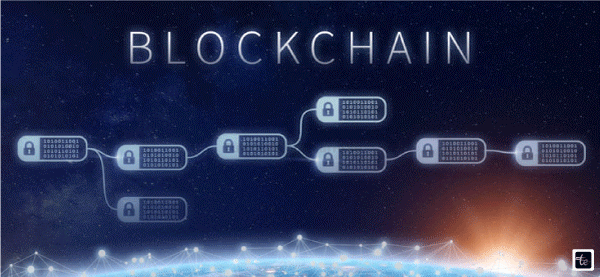
Hard forks: An irreversible division in a blockchain's history that results in the creation of two separate chains is called a "hard fork." It could happen if a blockchain's structure is fundamentally changed, yet not all nodes agree on the update. Hard forks may break up already-existing cryptocurrencies or create fresh ones, and they must be resolved by network users agreeing.
Decentralization: The fundamental characteristic of blockchain technology is freedom. A decentralized blockchain prevents network control by a single authoritative figure. A decentralized blockchain keeps a single, powerful person from controlling the network. The method of dividing up authority to make decisions among a group of nodes that agree to have their actions documented on the Blockchain is known as decentralization.
The distributed structure of the decentralized ledger system advances openness, confidence, and security.
Additionally, it reduces the possibility of falsifying data and the danger of depending solely on a single point of
failure. Conclusion: Finality in a distributed ledger refers to a transaction's irreversible verification. If and when the activity gets recorded in the block, and the network approves that block, the transaction becomes irrevocable. This feature ensures the correctness of the information and stops fraudulent expenditures, providing a high level of safety and trust in Bitcoin Types & Sustain.
Openness: Anybody wishing to join the community is able to utilize the Blockchain thanks to transparency in blockchain technology. This suggests that, as long as they are aware of the consensus rules, anyone may join the system, authenticate actions, and add additional records to the Blockchain. Being open encourages involvement from a range of customers, which in turn fosters openness, open communication, and ingenuity.
Public Blockchain: Anyone can register on this kind of Blockchain and interact as well as participate in the process of creating consensus. It is available to the public at large. An accessible blockchain is accessible since each transaction that takes place on it is accessible to everyone who uses it.
How Is Blockchain Technology Operational?
A growing number of companies worldwide have been utilizing Blockchain technology over the past decade. But how does the protocol known as Blockchain operate specifically? Is this a small tweak or a significant alteration? Because the technology behind Blockchain is still in its early stages of growth and has the potential to undergo an important advance in the not-too-distant future, let's begin by busting a few rumours around it.
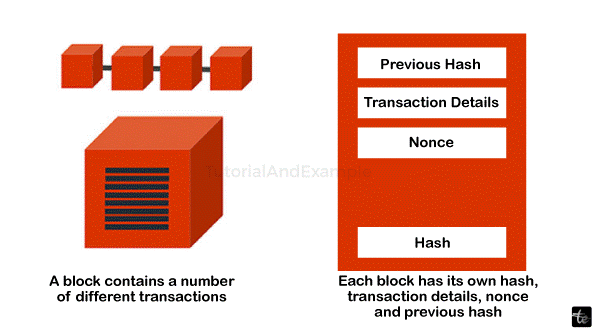
Blockchain combines three cutting-edge methods:
Keys for cryptography
- a distributed ledger on a peer-to-peer network
- A method of computing that stores the network's information and transactions. The two keys used in cryptography are the public key and the private key. These keys facilitate the effective completion of operations between both parties.
- The two identities are utilized to establish a secure online point of reference, and the same individual owns both of them. This secured identification is the global ledger's most important feature. In the setting of digital currency, this identity—referred to as a "digital signature"
- —is used to approve and oversee operations. The digital signature is integrated with the peer-to-peer network, and many individuals who serve as authority use it to reach agreements on payments and other issues. Once they accept a deal that is verified by a mathematical check, the two associated with the network of players engage in an efficient, secure payment. To sum up, blockchain clients use passwords for encryption to perform a variety of digital tasks beyond other users' networks.
Types of Blockchain
Different kinds of blockchains exist. These are listed in the following order:
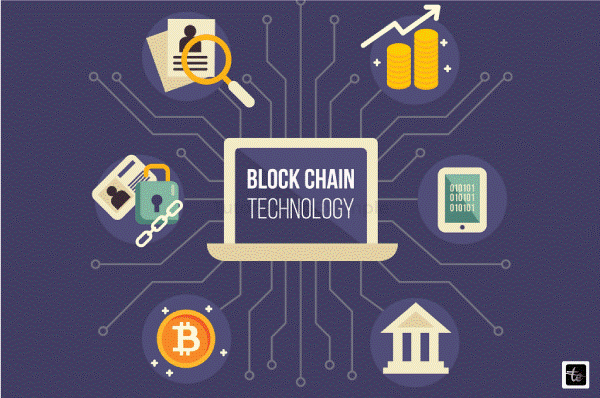
Networks of Private Blockchains
For private enterprises and groups that run on restricted networks, privately decentralized digital currencies are usually efficient. Businesses can customize network settings, availability and access choices, and other crucial safety precautions with blockchains that are private. A single authority manages networks with private blockchains.
Bitcoin and other cryptocurrencies originate from publicly accessible blockchains, which also helped to propel the use of distributed ledgers (DLT) into the mainstream. Blockchains that are publicly accessible also assist in removing some obstacles and problems, such as security flaws and lack of focus. DLT distributes data across a network of connected electronics as opposed to storing it in one place.
A group consensus technique is used to verify the reliability of information; two common agreement methods are the verification of work (PoW) and the pledge of ownership (PoS).
Permitted Blockchain Networks
Permissioned blockchain networks, also called hybridization blockchains, feature secure digital currencies that only allow users who have been given authority to access particular information. Corporations usually create these kinds of digital currencies to integrate the best aspects of both domains, and they facilitate the improved organization in terms of determining who can participate in the operation of the network and what behaviors.
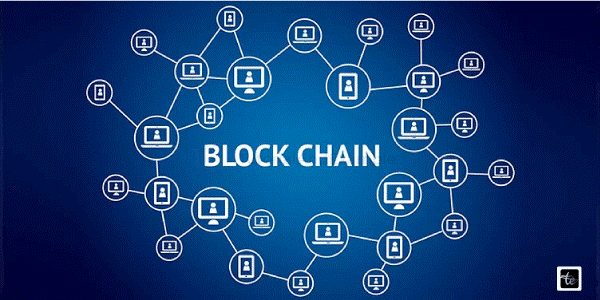
Blockchains for Consortiums
Consortium blockchains are comparable to authorized blockchains in that they consist of both private and public components. The difference is that a single consortia blockchain network is managed by more than one organization. These kinds of blockchains can provide greater safety once they begin operating, despite the fact that they can be harder to set up initially. Dealing with several organizations at once is best done using the group's distributed ledger. The ledgers that are hybrid.
Hybrid digital currencies are constructed by combining public and private blockchains. In the case of hybrid blockchain technologies, some areas are secret and only accessible to specific, authorized subjects, while other areas are open to the general public. Hybrid bitcoin blockchains are, therefore, ideal for use in scenarios that require balancing availability and secrecy. Important data may be maintained secret in the administration of supply chains, for instance, even though different individuals may have access to some information.
Sidechains Extra features and durability are made possible by sidechains, which are distinct blockchains that operate simultaneously with the central Blockchain. Developers can experiment and utilize new features without endangering the safety of the main Blockchain by using side chains. For example, sidechains may be utilized to develop specific consent processes and develop applications with decentralized functionality. To ease bottlenecks and improve scalability, side chains may additionally be employed for managing main blockchain transactions as well.
Blockchain Levels
Chainlink layers are created by layering multiple cryptocurrency layers on top of each other. Each layer may have its own set of guidelines, capabilities, and consensus process that it uses to interact with other layers. This ensures greater capacity because it can process events across various levels in parallel. For instance, built on top of the Bitcoin blockchain technology, the Lightning Network (LN) is an extra security measure that enables speedier and less costly interactions by creating payment channels connecting clients.
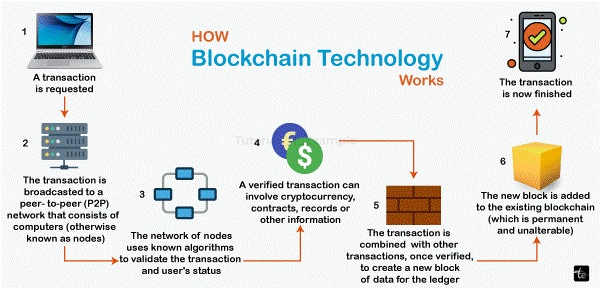
The Transaction Process
The way blockchain technology approves and verifies transactions is one of its key characteristics. For instance, if both parties desired to finish the transaction utilizing their private and public keys, accordingly, the first party would link the transaction's sensitive data to the second party's public key. One unit contains all of the data
from this set. The block contains a date and time stamp, a digital signature, and other important, relevant information. It is important to note that the block does not contain any details of individuals involved in the exchange of money.
It should be emphasized that the names of the parties to the transaction are not included in the block. The operation is then finished effectively when the correct person uses his private key and compares it with the block, which then gets sent to every one of the network's nodes.
The Blockchain can store transactional data for properties, cars, and other items alongside financial transactions.
This use case demonstrates how the technology of blockchain functions:
Hash Cryptosystems
Blockchain technology primarily relies on the algorithm known as SHA256 to secure data through hashing and encrypting. The SHA256 algorithm is used for sending the address of the recipient (public key), the recipient's address, the deal, and the private key of the recipient's information. The data is transferred globally using Hash encrypting it and once it has been verified, it is appended to the Blockchain. The hash cryptography is almost impossible to crack thanks to the SHA256, or algorithm, which also makes the process of sending and receiving certification easier.
Evidence of Work
Each block in the Blockchain is made up of four major headers.
Previous Hash: the preceding block can be found using this hash address.
Transaction Specifics: Information about every transaction that must take place.
Nonce: In encryption, a random number is assigned to distinguish the Hash of the block's address.
Hash Location for the Block: The algorithm for hashing is used to transmit the previous Hash, data about the transaction, and nonce, among other things. This generates a result that is known as the distinct "hash address" and has a duration of 64 characters (256 bits). It is called the Hash, which represents the block as a result.
Many people worldwide attempt to use mathematical techniques to identify the appropriate hash value to satisfy predefined criteria. When the predefined criteria are satisfied, the transaction is finished. To put it differently, the proof of concept problem is a mathematical maze that blockchain miners try to solve. The first person to figure it out wins a prize.
Mining
"Mining" is the term used in the context of Blockchain to describe the process used to add information about transactions to the current digital/public ledger. Although the phrase is linked to Bitcoin, it can also apply to other Blockchain-based technologies. By creating a block transaction's Hash, which is difficult to fake, mining ensures the security of the entire Blockchain without requiring a centrally administered system.
Blockchain's past
The concept of digital currencies was first put forward in 2008 by Satoshi Nakamoto, whose true identity is currently unknown. By employing a method similar to hashcash, Nakamoto's design continued to evolve. Eventually, it developed into a crucial component of the popular currency Bitcoin, serving as a public record of each network transaction. The digital currency's ledger files, containing every transaction that took place on the network, continued to grow in size.
It ultimately surpassed 200 gigabytes by early 2020, after having reached twenty million bytes by August 2014.
Benefits and Drawbacks of Blockchain Like all technologies, Blockchain has a number of benefits and drawbacks to take into account.
Benefits
One of the key benefits of digital currency is the level of security they can provide; as a result, personal data can be protected from online transactions by using a distributed ledger Additionally, the use of blockchain technology makes payments easy and quick for anyone who needs them. In actuality, it only takes a few minutes compared to a few days for other payment methods. Many consumers also perceive the lack of outside intervention from financial or governments as a benefit.
Negative aspects
Public and private keys are used in cryptocurrency and cryptography, and there are reports of issues with private keys. The loss of a private key presents a number of difficulties for a user, which is one drawback of blockchain technology. The limitations on scaling resulting from a restricted amount of operations per node constitute an additional drawback. As such, completing multiple deals and other tasks may take some time. Another major drawback of Blockchain is that once details have been documented, it can be challenging to add to or modify them.